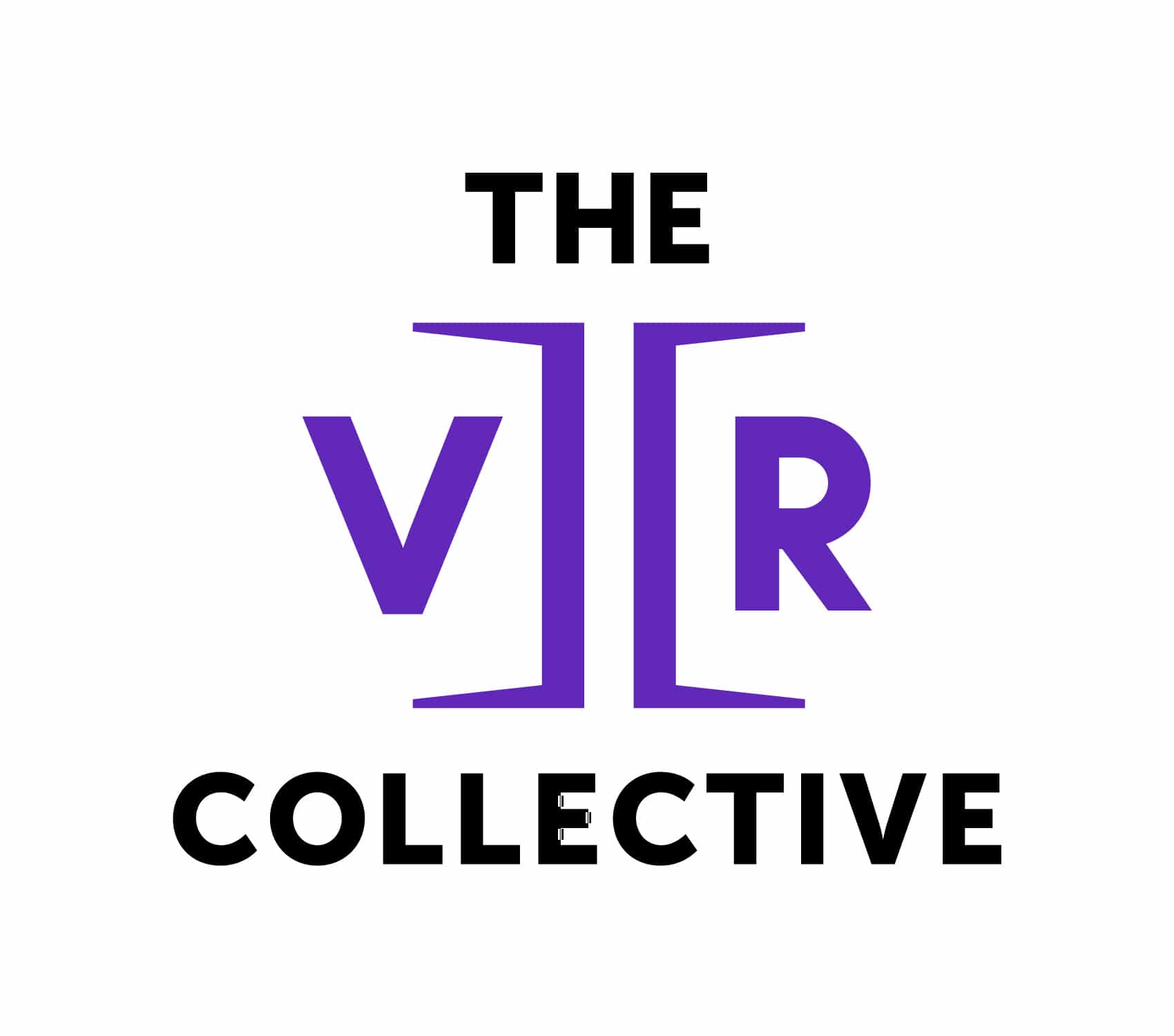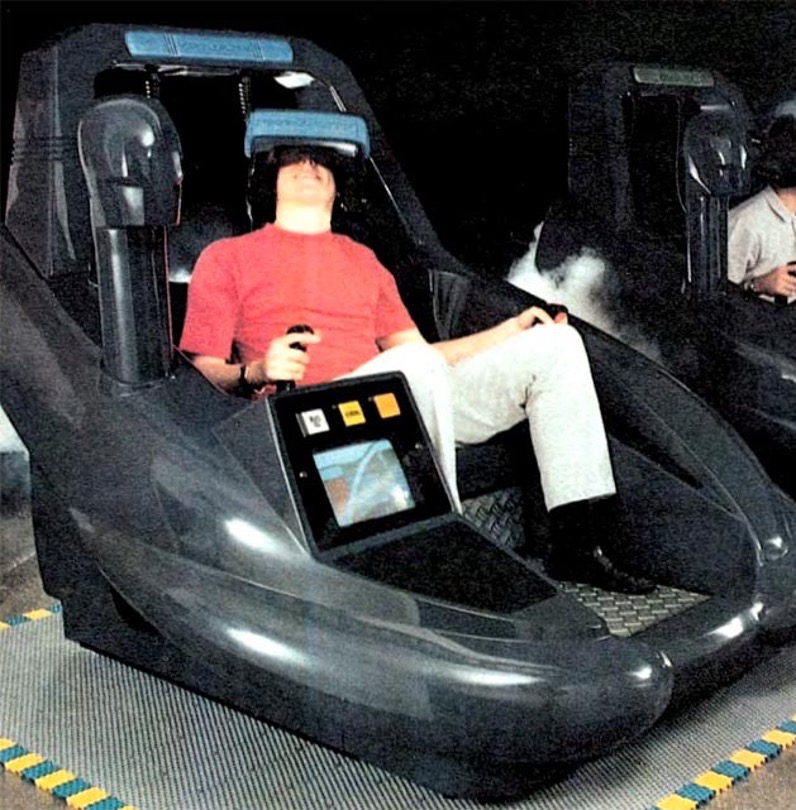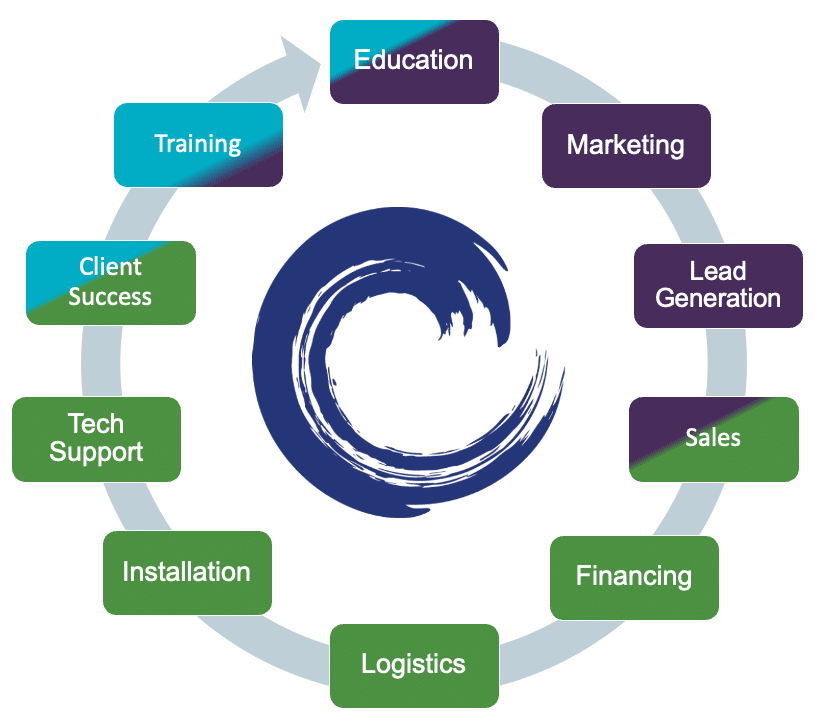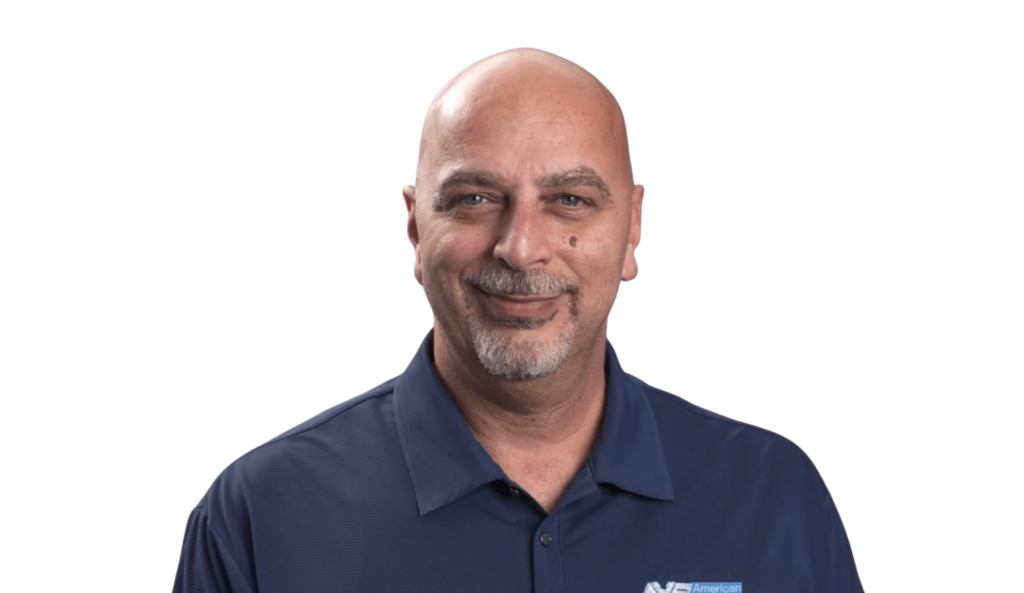
Virtual reality is exploding. It’s the fastest-growing segment of the Amusement Industry. More traditional amusement manufacturers have jumped on the VR bandwagon in recent years. Sega is the latest entrant with their VR Agent game. I am sure there are more coming.
VR provides a more immersive gaming experience, which is what players want. Recent research shows people would rather stay home than go out. Putting on a headset is exciting and gives people a reason to get off the couch.
I know VR can be intimidating for FEC operators. VR attractions require different methods of operating, promoting, marketing, and support than traditional arcade games. It’s time the industry offers a solutions-based approach for the operator community to help them make more money from virtual reality.
I got my first taste of VR arcade distribution at IAAPA Orlando in 1991. I was launching my laser tag company, Laser Storm, and Edison Brothers Stores (EBS) was my first customer. EBS was a massive mall retailer, operating over 1000 mostly clothing and shoe stores in America. Malls were looking to expand into entertainment. So EBS acquired a 2-location FEC concept called Dave and Busters, along with Time Out and several other brands.

Edison Brothers Chairman Andy Newman called me one day asking for a favor. “We just acquired the exclusive rights to a new product, and we want to bring it to IAAPA. Can we showcase it in your Laser Storm booth?”
I had no idea what I was getting into. But they were my biggest (only) customer. So of course, I said “yes!” That product was Virtuality, the first VR arcade game. It was expensive, cumbersome, unreliable, and simply amazing. When the IAAPA opened the show floor, people lined up for their first taste of virtual reality. We had over 100 international press outlets come through. Laser Storm was swallowed up by the VR excitement.
Later that decade I was recruited to join the founding team at a fledgling startup called Global VR. They had acquired a prototype of a VR arcade cabinet using a boom-mounted display. It solved many of the problems of Virtuality. It took us years to crack the VR arcade distribution market. Even though the product was installed successfully at dozens. of Dave and Busters and many other FECs around the country.

Coin-op distribution was stubbornly slow to adopt emerging technology, and even slower to take on new companies. The distribution channel is a barrier to innovation. I think Global VR exhibited at AMOA and IAAPA for three years before the major distributors would “take a risk” on Global VR. Many other companies with great products that couldn’t survive that long withered and died.
I’ve spent more than 30-years on the manufacturing side of this industry, and a decade on the operator side. So I understand the needs of both. This is why I’ve become adept at helping companies bring innovative products to market.
Manufacturing is hard and capital intensive. Companies need scale and velocity. And for that they need distribution.
More recently, after helping Zero Latency launch their free-roam VR system in 2016, I was introduced to the team at Hologate. They had an affordable, compact, multiplayer VR arcade system. It hit the sweet spot between cost, simplicity, and impact. I introduced them to Armando Lanuti at Creative Works.
Their background in laser tag and a deep understanding of the needs of the operator made them a perfect distribution partner. Hologate had a blockbuster launch at IAAPA and opened the industry’s eyes to the potential of VR.
Since then, I’ve received hundreds of calls from companies building VR products asking for help with VR arcade distribution. Most products don’t cut it. For the ones that do the challenge of finding distribution is real. Coin-op distribution has scale but hasn’t developed the skills, training, or mindset to sell complex technical entertainment solutions.
VR isn’t like most available coin-op equipment. It’s expensive, complex, and requires a different skill-set and approach to sell versus traditional arcade games. I’ve spoken to many distribution salespeople, and privately they confide that selling VR is too hard. They can sell 5 Big Bass Wheels (Best. Game. Ever!) with less effort than one VR system. And salespeople tend to take the path of least resistance.
But is that in the best interest of our industry? What about the young, innovative companies bringing exciting new content and products to market? How do they get to play a role? How does our industry innovate?
After launching dozens of successful high-tech products in this industry, I developed a model of the functions needed to bring a product to market.

There’s just no way a startup can provide all these functions. They desperately need an efficient, well-trained distribution network.
I have been helping select companies with educating the market, marketing strategy and positioning, and lead generation. But the rest of the functions are a patchwork of hit-and-miss capabilities from disparate companies. If the market is to continue growing, we need a unified VR arcade distribution solution providing all these functions for manufacturers and operators. I’d been complaining about this for decades. I decided to do something about it.
I first approached Beth Standlee from Trainertainment last year. A large operator asked me for a training program to help them increase their sales, profits, and customer experience running attended VR attractions. I was sick of seeing expensive equipment understaffed, poorly run, and underperforming. Operators were becoming frustrated with VR, because they had not been given the tools they needed to be successful.

“VR requires a different level of employee training than arcade games,” says Candi Kelly, COO of Trainertainment. More than 75% of Americans have never tried VR at all. The customer experience must take that into account. Yet operators treat VR like any other arcade game. They are leaving so much on the table.”

Around the same time, I pitched the idea of a distribution collective to Scott Shaffer from Shaffer Distributing and Tony Shamma from AVS. I knew they frequently collaborated, and Shaffer was already representing VEX, a VR company from Belgium I like. They instantly bought into the vision. The VR Collective was born.

“We took on the Vex product, and frankly didn’t realize how difficult it would be,” recalls Shaffer. “We had to develop different capabilities in our organization. It makes sense to leverage those capabilities for additional VR products from other manufacturers.”
“AVS has invested a lot of time, energy, and money building our gaming distribution business in Illinois with IGT,” added Tony Shamma. “We know what it takes to bring a product to market. It takes vision, patience, and persistence. We know VR is going to be huge for our industry. We are totally committed to building that future.”

Trainertainment, AVS, Shaffer, and my team are building a distribution model for the future of immersive entertainment. It starts with VR because that’s the technology platform we have today. But it won’t stop there. It will include all of the exponential technologies and cutting-edge innovations like Augmented Reality, Mixed Reality, and anything that comes next. More on our first product release in the next post.
If you are working on a great VR product, or already have one and you’re looking to increase sales, I’d love to talk to you – drop me an email. If you’re an operator stay tuned. We are going to rock your world.